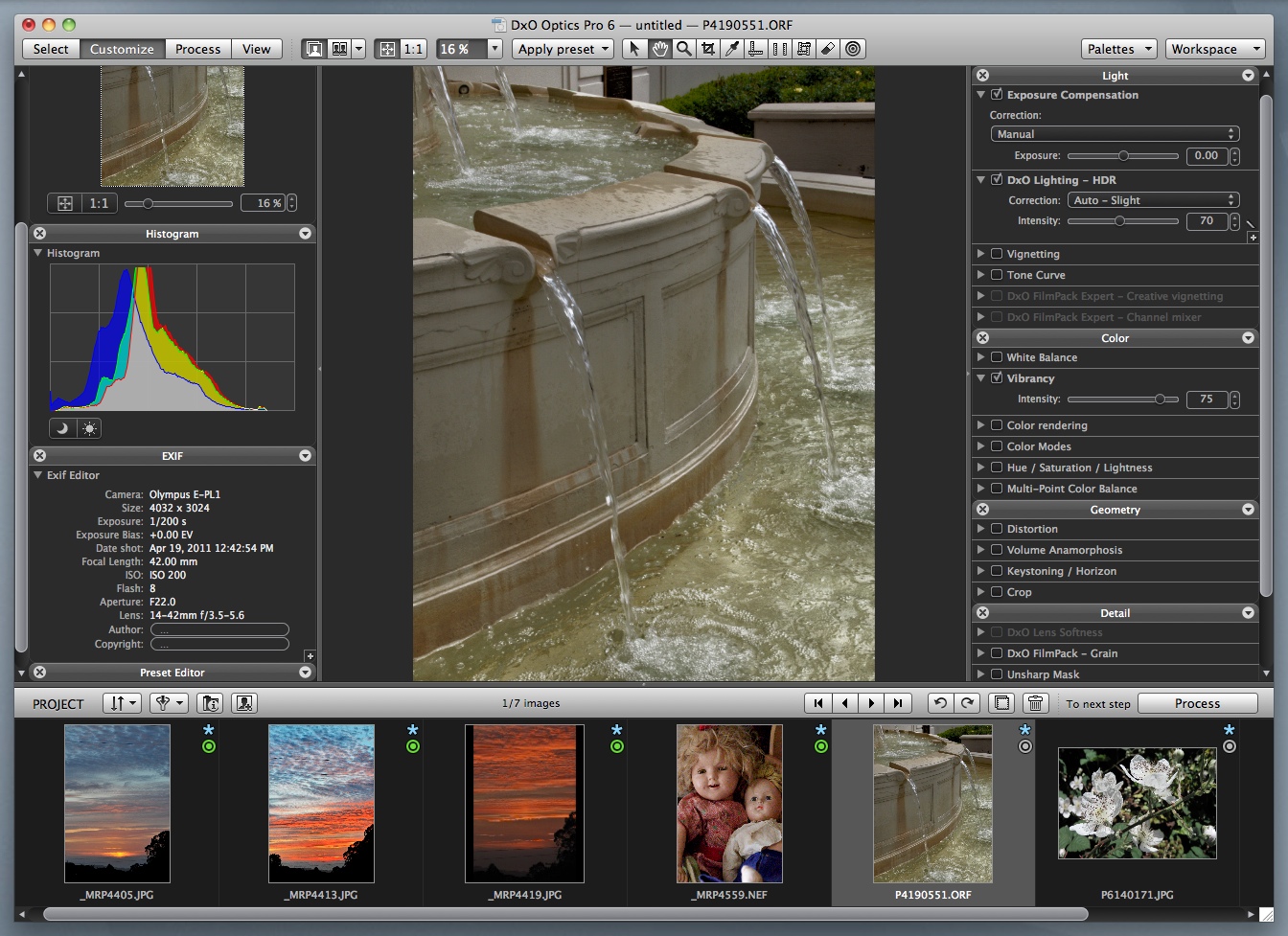

Worse, you will get this message with any Fujifilm image, and that’s because DxO doesn’t support Fujifilm cameras and lenses in DxO Optics Pro (due the unique pixel layout of the X-Trans sensor), and presumably this carries through into ViewPoint.
DXO OPTICS PRO 9.5.3 SOFTWARE
That seems quite odd, and it’s even odder that you have to manually locate the image using a Finder/Explorer window – you would have thought that the software would have had the brains to look in the same folder as the original. From time to time, ViewPoint may prompt you to locate the original image if you’re running it as a plug-in, presumably because the image version sent to ViewPoint doesn’t contain the necessary EXIF data.
DXO OPTICS PRO 9.5.3 DOWNLOAD
If it doesn’t have it, it will prompt you to download it from the DxO website – it’s a quick and simple process. ViewPoint will identify the camera and lens combination from the image’s embedded EXIF (shooting) data and automatically apply the matching lens correction profile. Starting from the top, the first panel is for fixing Distortion. NB: You can click on any of these screenshots to see a larger version. On its own, though, it will only open JPEG and TIFF files, not raw files. If you run it as a standalone program DxO ViewPoint 3 does include a basic file browser. Whether you’re launching it as a standalone app or as a plug-in, it opens with your selected image in the main window and a vertical tools panel on the right hand side. It sounds a complex job, but ViewPoint 3 makes perspective corrections pretty easy.

You know where you have a person or an object near the edge of the frame that’s distorted into too wide a shape? It fixes that, which is a pretty useful thing to be able to do with group shots, for example, or off-centre composition. ViewPoint already does something else that the others don’t – volumetric distortion correction. These include new, automatic perspective corrections (Lightroom already has these, so there’s an element of catch-up here), automatic horizon straightening and a new creative blur (bokeh) tool for creating tilt-shift effects or defocused backgrounds. Some of the new features in version 3 might help. What it needs to bring, then, is either an easier workflow, better results or features the others don’t have. Lightroom has its own perspective correction tools, as does Photoshop. ViewPoint serves a very useful function, then, but it’s not unique. ViewPoint is designed to correct the converging verticals and other exaggerated perspective effects you get with wideangle lenses – DxO Optics Pro only corrects lens aberrations like distortion, chromatic aberration, corner shading (vignetting) and edge softness.
DXO OPTICS PRO 9.5.3 HOW TO


 0 kommentar(er)
0 kommentar(er)
